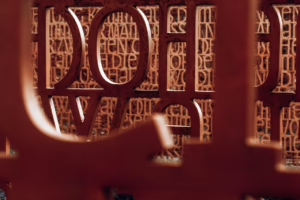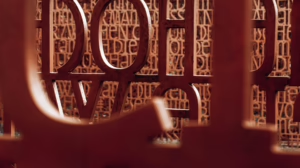Lost Voices: Uncovering the Lives of Forgotten Historical Figures
Throughout history, countless individuals have played pivotal roles in shaping societies, cultures, and ideas. However, many of these figures remain shrouded in obscurity, their contributions overlooked or forgotten in the annals of time. The quest to uncover the lives of these forgotten historical figures is not only an endeavor of curiosity but also a means of understanding the complexities of human experiences that have been marginalized or erased.
The Importance of Recovery
Uncovering the lives of overlooked historical figures is crucial for a more complete understanding of history. Traditional narratives often focus on prominent leaders, major events, and widely recognized influencers, creating a skewed perception of the past. This often results in the erasure of voices that—while influential—did not fit within the dominant paradigms of their time. For example, women, people of color, and members of marginalized communities frequently face historical neglect, yet their stories often hold rich lessons and experiences that broaden our perspectives.
By recovering these voices, historians and researchers not only offer a more nuanced view of history but also highlight the diversity of human experience. The stories of these individuals can illuminate issues of social justice, resilience, innovation, and adaptation, thereby enriching our understanding and appreciation of cultural heritage.
Methodologies of Discovery
The journey to reclaim these lost voices often begins with diligent research. Historians draw on a myriad of sources: archival materials, letters, diaries, newspaper articles, and oral histories that have been passed down through generations. Digital humanities projects, which use computational tools to sift through large volumes of text, have also become invaluable for uncovering hidden stories. Such initiatives can identify patterns and connections that may not be immediately visible, illuminating the lives of those who were previously relegated to the periphery.
Moreover, collaborative efforts often play an essential role in this process. Communities and descendants of forgotten figures frequently join forces with historians to revive their legacies. Through collaborative research, public history projects, and community engagement, these efforts give voice to individuals whose stories resonate on personal and societal levels.
Profiles of Forgotten Figures
-
Sylvia Pankhurst: While her mother, Emmeline Pankhurst, is widely recognized as a leader of the suffragette movement in the United Kingdom, Sylvia’s contributions have often been overlooked. Apart from her advocacy for women’s rights, she was a staunch anti-imperialist and fought for racial and economic justice, often in the face of opposition from her own family.
-
Josephine Baker: An American expatriate who became a star in France, Baker was not only a celebrated performer but also a civil rights activist. She used her fame to fight against racism and discrimination in both the United States and Europe, and her work extends beyond performance art into activism for human rights.
-
David Walker: An African American abolitionist whose pamphlet, "Appeal to the Coloured Citizens of the World," called for the end of slavery and inspired generations of activists. Walker’s radical ideas and courageous stance were revolutionary for his time, yet his legacy fades in discussions about the abolitionist movement.
- Ada Lovelace: Often hailed as the first computer programmer, Ada Lovelace created algorithms for Charles Babbage’s early mechanical computer. Though she authored groundbreaking work on computing concepts, Lovelace’s contributions have been overshadowed by her connections to the Victorian elite and her father, Lord Byron.
The Relevance of Lost Voices Today
In an era defined by social upheavals, movements for equality, and demands for diverse representation, rediscovering the lives of forgotten historical figures is more relevant than ever. These voices serve as testaments to resilience and innovation, offering lessons that can inform contemporary struggles. By understanding the complexities of their experiences, we can draw parallels to present-day issues and empower new generations to continue the fight for justice and equality.
As we stroll through the corridors of history, we must remember that each name, each story recovered, reverberates beyond the past. The lost voices we uncover remind us of our shared humanity and the multifaceted narratives that define the human experience. In this quest for knowledge, we not only reclaim individual legacies but also deepen our understanding of the diverse tapestry that is our history. Through these efforts, we ensure that the lessons of the past continue to resonate with future generations, inspiring them to forge a more inclusive and equitable world.
[modern_footnote_source_link]


























Add Comment